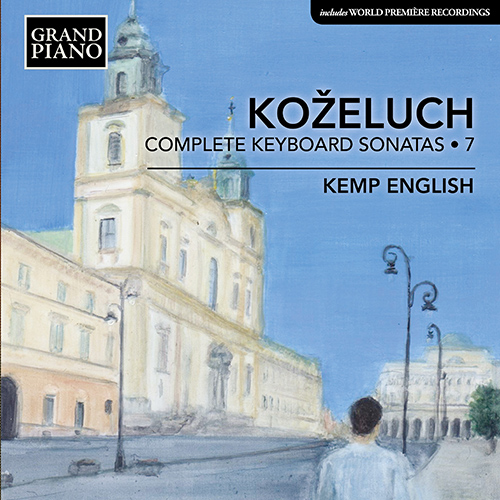
About this Release
KOŽELUCH, LEOPOLD (1747–1818)
Complete Keyboard Sonatas • 7
Nos. 25–28
- Kemp English, fortepiano
In 1785 and 1786 Mozart’s piano concertos were winning many admirers in the public concert halls of Vienna. Koželuch, however, continued to excel as master of the piano sonata, plying his art in the city’s ubiquitous private concert soirées. Indeed, the four works presented here ably demonstrate why his sonatas might aptly be called “the ideal of the high-Classic style”. To be sure, Mozart’s influence is felt in Sonatas Nos. 21, 23 and 24 but in Sonata No. 22, Koželuch leads the way by paring away the textures and introducing figurations of simplicity and grace; hallmarks of Mozart’s much later penultimate Sonata in B flat major K570.
This recording was made on a period instrument: Fortepiano by Paul Downie (NZ), after Anton Walter (c. 1795)
Tracklist
|
Piano Sonata in D Major, Op. 26, No. 1, P. XII:26 (1788) (00:15:28 )
|
|
1
I. Allegro (00:06:48)
|
|
2
II. Adagio (00:04:37)
|
|
3
III. Rondeau: Allegro (00:03:47)
|
|
Piano Sonata in A Minor, Op. 26, No. 2, P. XII:27 (1788) (00:20:11 )
|
|
4
I. Allegro * (00:07:21)
|
|
5
II. Andante con variazione * (00:12:56)
|
|
Piano Sonata in E-Flat Major, Op. 26, No. 3, P. XII:28 (1788) (00:15:09 )
|
|
6
I. Allegro (00:08:48)
|
|
7
II. Larghetto alla siliciana (00:03:29)
|
|
8
III. Rondeau: Allegro con fuoco (00:03:42)
|
|
Piano Sonata in B-Flat Major, Op. 30, No. 1, P. XII:29 (1789) (00:16:35 )
|
|
9
I. Allegro (00:06:29)
|
|
10
II. Poco adagio (00:03:43)
|
|
11
III. Rondeau: Allegretto (00:06:43)
|
The Artist(s)
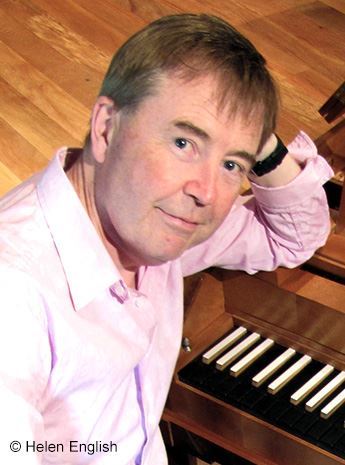 Kemp English is one of New Zealand’s leading concert performers. Much in demand as a solo organist, collaborative pianist, and specialist fortepiano exponent, he relishes the opportunity to work in a diverse array of styles and periods. He enjoyed a distinguished studentship at the Royal Academy of Music in London and later completed a Master of Arts degree in Music Performance at the University of York. In 2001 he was elected an Associate of the Royal Academy of Music—an honour recognising former students of the Academy who have achieved distinction in the profession.
Kemp English is one of New Zealand’s leading concert performers. Much in demand as a solo organist, collaborative pianist, and specialist fortepiano exponent, he relishes the opportunity to work in a diverse array of styles and periods. He enjoyed a distinguished studentship at the Royal Academy of Music in London and later completed a Master of Arts degree in Music Performance at the University of York. In 2001 he was elected an Associate of the Royal Academy of Music—an honour recognising former students of the Academy who have achieved distinction in the profession. The Composer(s)
 Leopold Koželuch was an esteemed contemporary of Mozart, and in many circles considered the finer composer. He was an early champion of the fortepiano and his Keyboard Sonatas are a treasure trove of late eighteenth-century Viennese keyboard style, including perfect examples of the form and foreshadowing Beethoven and Schubert.
Leopold Koželuch was an esteemed contemporary of Mozart, and in many circles considered the finer composer. He was an early champion of the fortepiano and his Keyboard Sonatas are a treasure trove of late eighteenth-century Viennese keyboard style, including perfect examples of the form and foreshadowing Beethoven and Schubert. Reviews

“Kemp plays these wide-ranging piano works with such an amazingly rich palette of colours and so awesomely that one cannot speak any longer of a lack of compositional quality… This often-surprising music is justified in its revivification and also offers mind-opening discoveries for all those who usually think of Koželuch, Clementi and others just simply “sideshow-composers”. ” – www.klassik.com

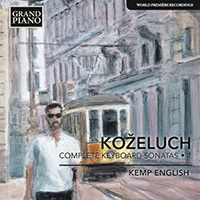
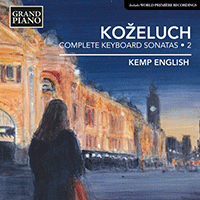
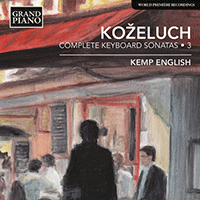
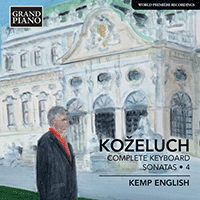
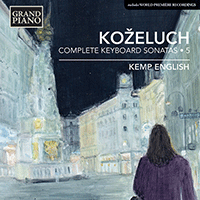
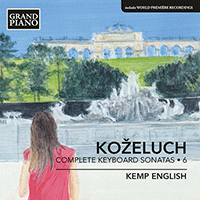
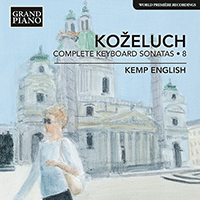
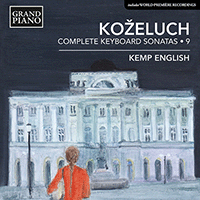
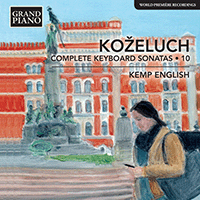
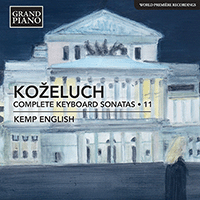

 Grand Piano has gained a reputation for producing high quality recordings of rare keyboard gems. Dedicated to the exploration of undiscovered piano repertoire, the label specialises in complete cycles of piano works by many lesser-known composers, whose output might otherwise have remained unknown and unrecorded.
Grand Piano has gained a reputation for producing high quality recordings of rare keyboard gems. Dedicated to the exploration of undiscovered piano repertoire, the label specialises in complete cycles of piano works by many lesser-known composers, whose output might otherwise have remained unknown and unrecorded.






